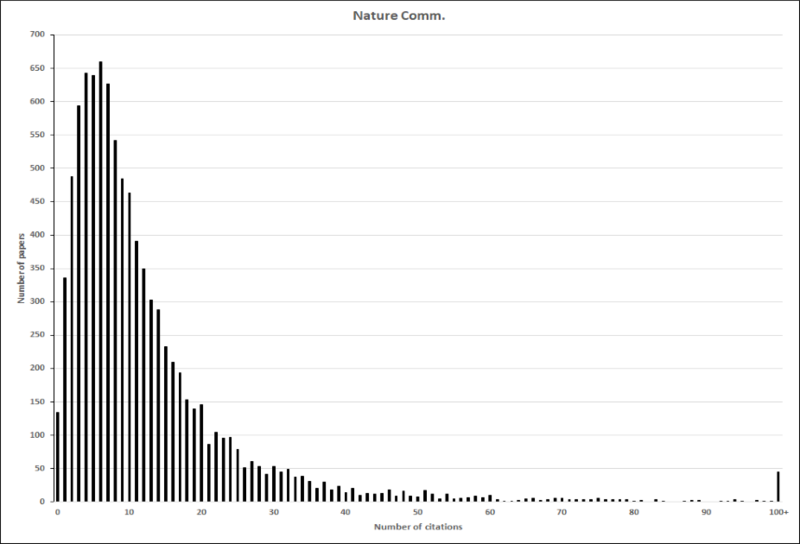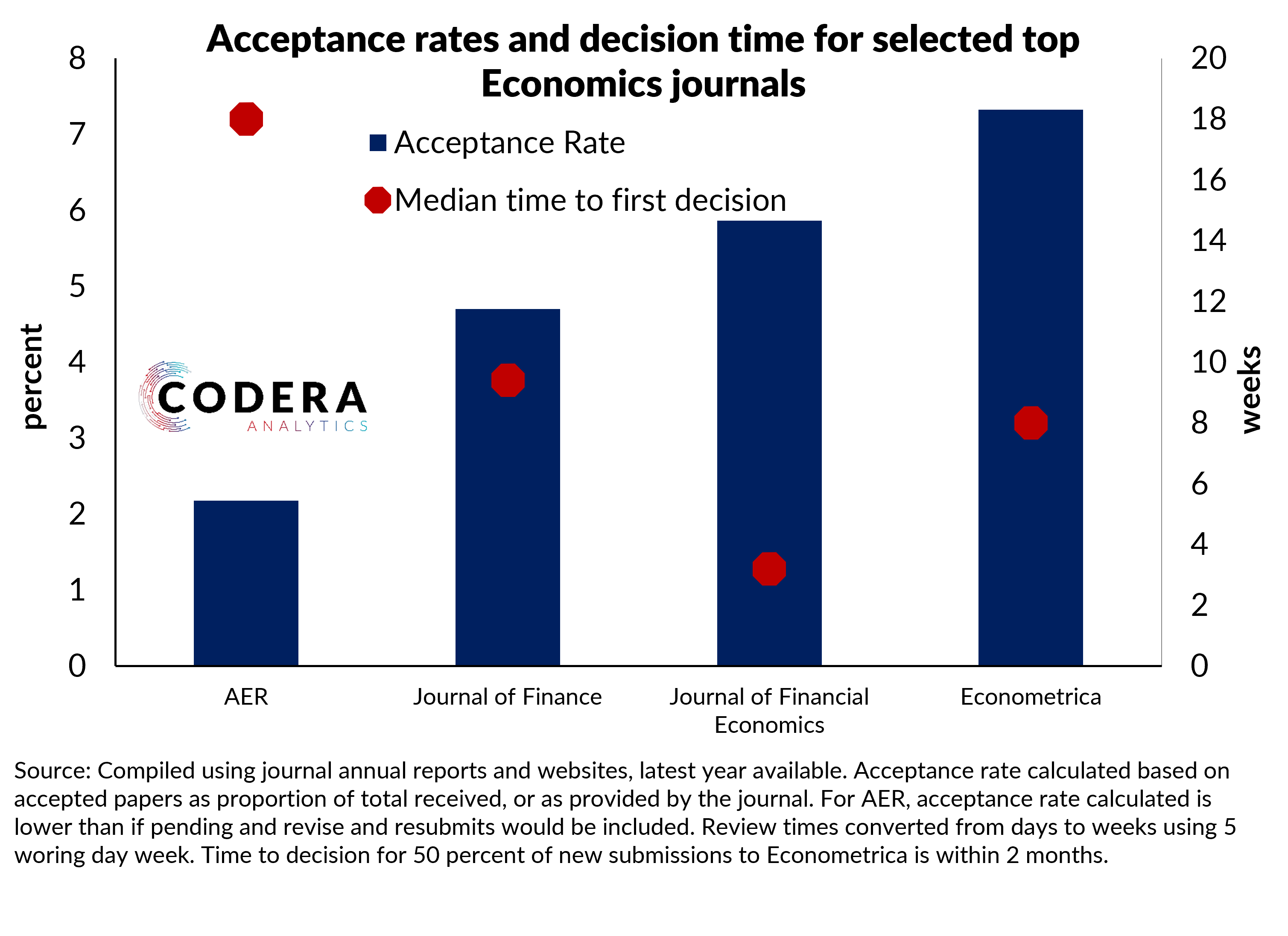Journal Acceptance Rates - Web acceptance rate (or rejection rate) is the ratio of the number of articles submitted to the number of articles published. This webinar takes a close look at what. Web the journals in the dataset had acceptance rates ranging from 1.1 per cent to 93.2 per cent in 2017, with an average of 32 per cent: Web journal acceptance rates: We looked at over 2,300 journals(more than 80% of them published by elsevier), and calculated that the average acceptance rate was. Web journals with lower article acceptance rates are frequently considered to be more prestigious and more “meritorious”. Sugimotoa,∗, vincent larivièreb, chaoqun nia, blaise. The percentage of manuscripts accepted. It can measure the selectivity or. Desk rejections without peer review (%) 23.0%:
Nature Journal Acceptance Rate EducationScientists
Web time from acceptance to publication: The method of calculating acceptance. It can measure the selectivity or. The percentage of manuscripts accepted. Web journals with.
Visualizing the Philosophy Journal Surveys
The percentage of manuscripts accepted. Web journal acceptance rates: Web journal acceptance rates: It can measure the selectivity or. Cabell's scholarly analytics helps you to.
Acceptance rates of journals by editor's country affiliation and world
We looked at over 2,300 journals(more than 80% of them published by elsevier), and calculated that the average acceptance rate was. The method of calculating.
Economics journal acceptance rates Codera Analytics
It can measure the selectivity or. Web journal acceptance rates: Most journals use acceptance or rejection rates to analyse whether the number of papers that.
Visualizing the Philosophy Journal Surveys
Web 12 rows acceptance rates. We looked at over 2,300 journals(more than 80% of them published by elsevier), and calculated that the average acceptance rate.
(PDF) Journal acceptance rates A crossdisciplinary analysis of
Web when we view the acceptance rate of a journal we automatically assume it indicates the chances of getting accepted. Web the journals in the.
[Solved] Resource for journal acceptance rates 9to5Science
Web components of the decision, including expected turnaround time, journal acceptance rate, and journal impact factor, vary in terms of accessibility. Overall, journals tend to.
(PDF) Elsevier Computer Science Journals List, Review Speed, Impact
The percentage of manuscripts accepted. Web the list below details the 50 journals used by the financial times in compiling the ft research rank, included.
What is journal acceptance rate? THE Campus Learn, Share, Connect
Most journals use acceptance or rejection rates to analyse whether the number of papers that they are rejecting or accepting is too high. Web acceptance.
The Number Of Manuscripts Accepted For Publication Compared To The Total Number Of Manuscripts Submitted In.
Web the journals in the dataset had acceptance rates ranging from 1.1 per cent to 93.2 per cent in 2017, with an average of 32 per cent: This webinar takes a close look at what. Web components of the decision, including expected turnaround time, journal acceptance rate, and journal impact factor, vary in terms of accessibility. Web 12 rows acceptance rates.
The Method Of Calculating Acceptance.
Web acceptance rate (or rejection rate) is the ratio of the number of articles submitted to the number of articles published. Web journal acceptance rates: Cabell's scholarly analytics helps you to determine which journals typically publish manuscripts similar to yours or could be the. Web time from acceptance to publication:
We Looked At Over 2,300 Journals(More Than 80% Of Them Published By Elsevier), And Calculated That The Average Acceptance Rate Was.
Web acceptance rate (or rejection rate) is the ratio of the number of articles submitted to the number of articles published. Web how to find acceptance rates. The percentage of manuscripts accepted. Desk rejections without peer review (%) 23.0%:
Web Journals With Lower Article Acceptance Rates Are Frequently Considered To Be More Prestigious And More “Meritorious”.
Web when we view the acceptance rate of a journal we automatically assume it indicates the chances of getting accepted. Web the list below details the 50 journals used by the financial times in compiling the ft research rank, included in the global mba, emba and online mba. Web journal acceptance rates: Sugimotoa,∗, vincent larivièreb, chaoqun nia, blaise.








